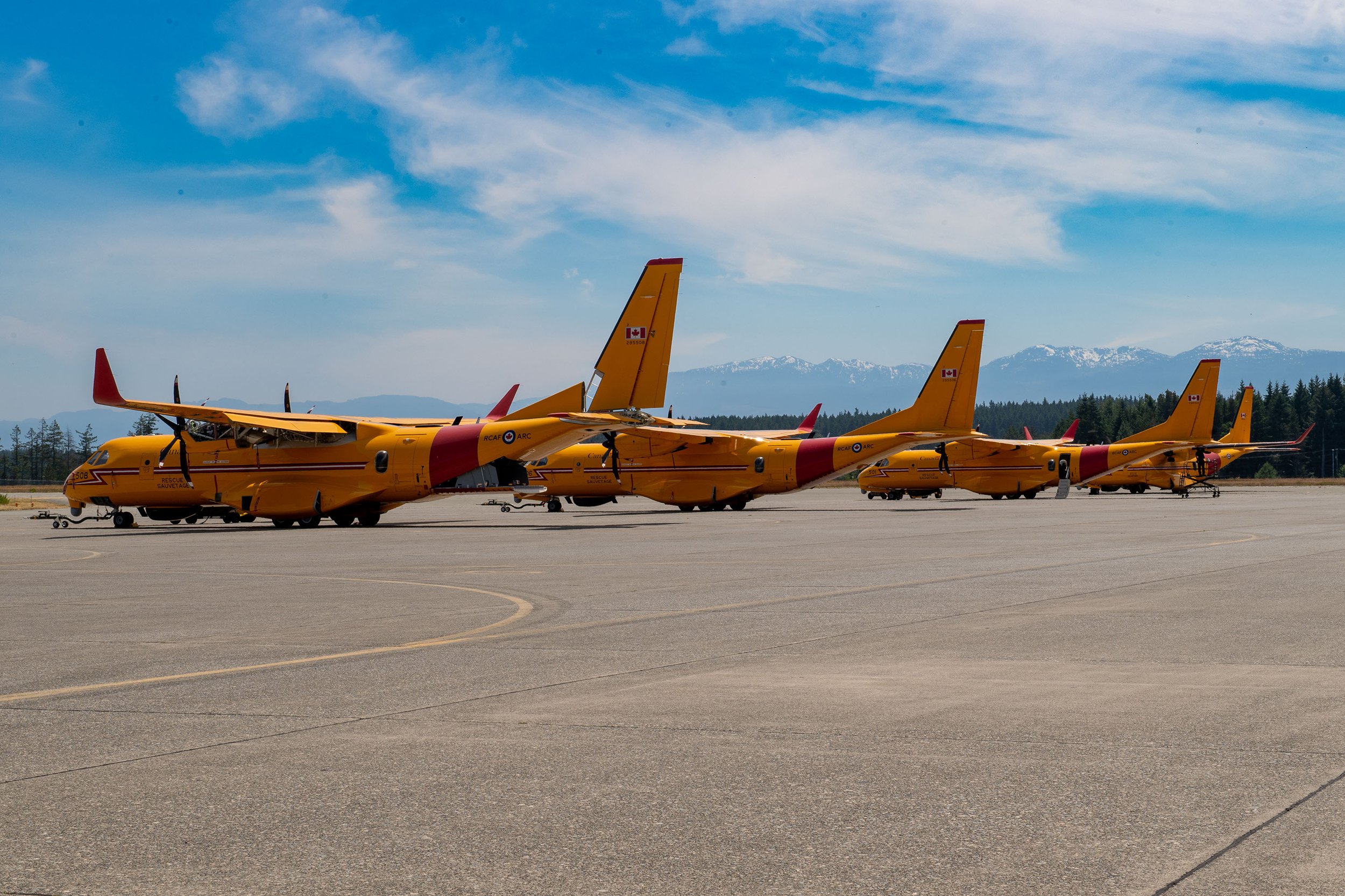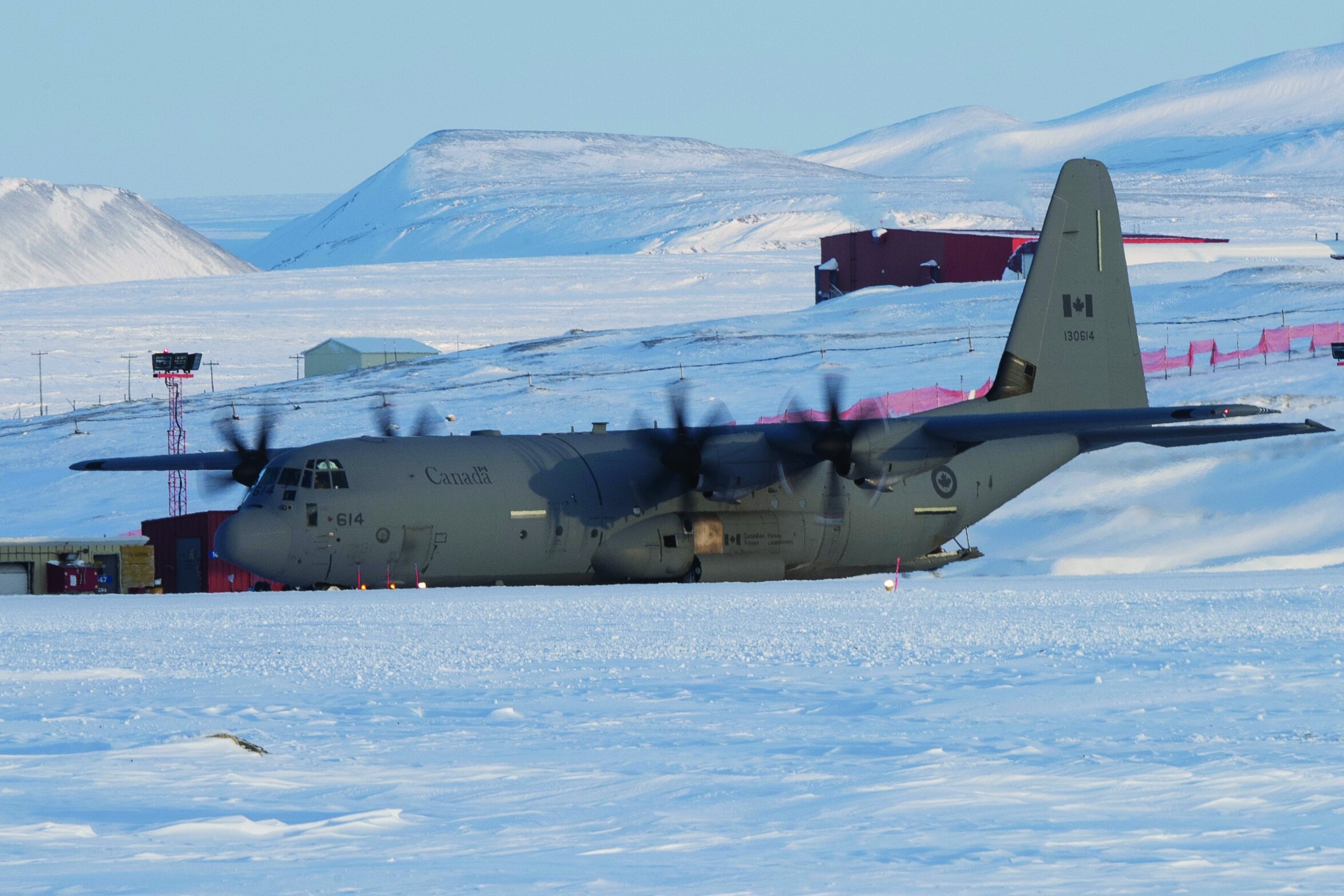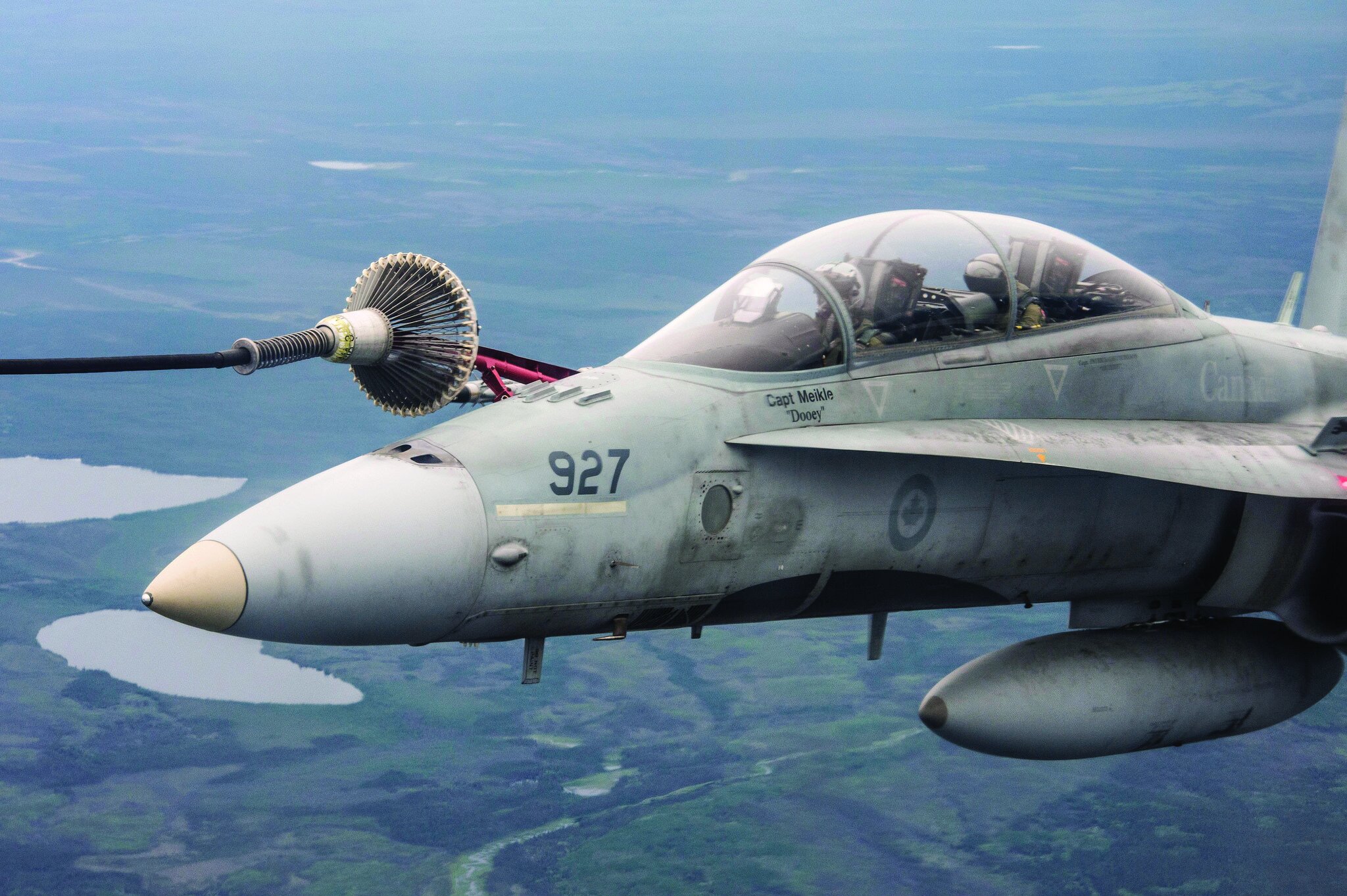There is uncertainty in Canada’s defence industry on just how U.S. President Donald Trump’s tariff war will affect business. (David Pugliese photo)
By Tim Ryan and David Pugliese
There is uncertainty in Canada’s defence industry on just how U.S. President Donald Trump’s tariff war will affect business.
First some statistics, courtesy of the Canadian Association of Defence and Security Industries (CADSI) and the Canadian government.
--The Canadian defence industry contributed close to $12.6 billion in gross domestic product and 78,000 jobs across Canada's economy in 2023. (This is down from 2022 when the industry generated over $14.3 billion in revenues from its more than 585 firms across all three domains and contributed over 81,200 jobs to the Canadian economy).
--The U.S. is the main market for Canadian defence exports, according to CADSI. That is valued at over $4.5 billion annually.
--Twenty-eight per cent of all Canadian defence industry supply chain expenditures are sourced from U.S. suppliers.
--American-owned firms account for 40 per cent of the Canadian defence industry by total annual sales. CADSI says this is a result of U.S. companies acquiring highly successful Canadian companies. In other words, Canadian firms develop highly desirable expertise only to be bought up by U.S. firms.
--The U.S. has a longstanding balance of trade advantage for defence goods and services. Most Canadian military platforms are purchased from American companies, including through sole sourcing.
--There were complexities to defence trade even before this trade war began. Canada has long had a unique defence trading relationship with the U.S., governed by things like the Defence Production Sharing Agreement. The industrial bases are tightly interwoven and have been since the Second World War, with products/materials sometimes passing back and forth across the border multiple times during production.
--Firms with 500 or more employees accounted for over 60 per cent of the Canadian defence industry’s revenues, employment, R&D and exports.
Christyn Cianfarani, CADSI’s President & CEO issued a statement March 4 about the trade war. “We are profoundly disappointed by the tariffs imposed today by the Trump Administration on Canadian imports, which will impact defence trade. Canadian-made parts, components, and raw materials make their way into everything from the life-support systems used on injured American soldiers to the jets patrolling U.S. airspace. These tariffs fly in the face of over seven decades of tightly integrated defence manufacturing between our two nations, stretching back to the Second World War. Ours is a security partnership unlike any other and, given the deteriorating international security environment, one that must endure. The U.S. has a longstanding balance of trade advantage for defence goods and services. Many defence goods cross the Canada-U.S. border multiple times during production, compounding the economic harm of this decision.”
Cianfarani stated in her message that “CADSI will continue working with Canadian government officials to seek clarity, provide feedback on potential responses, and track the impact of these tariffs and the Canadian countermeasures on its members.”
Here is what is believed to be happening at this point.
--American tariffs (25%) are being applied to all Canadian goods (including defence goods) that do not satisfy Canada-United States-Mexico Agreement (CUSMA/USMCA) rules of origin. No tariffs are being applied on goods that claim and qualify for the CUSMA/USMCA preference, so CADSI is encouraging its members to check that the defence goods they’re importing into the U.S. are of Canadian-origin under the CUSMA Rules of Origin.
--U.S. Customs and Border Protection will NOT be refunding the tariffs applied to defence imports to the U.S. that occurred between March 4 and March 6, even if those imports are now exempt from tariffs under CUSMA.
--DFAR Supplement 252.225-7013 should continue to exempt most direct, final Canadian defence exports (usually platform-level final products) to the U.S. Department of Defense from tariffs/duties. Otherwise the U.S. government would technically be taxing itself.
--The $30 billion in Canadian counter tariffs that remain in place do NOT apply to American goods intended for military use crossing into Canada, although this is likely to change in the expanded second phase of counter tariffs if it’s brought into force in early April.
--CADSI is still parsing through the Phase 2 list to determine the extent of the impact on U.S. defence-related imports to Canada.
On March 7, Defence Minister Bill Blair announced that he had finished a series of roundtables with defence industry CEOs (he did not meet with CADSI officials).
The roundtables hosted by the Minister were organized into five themes:
Aerospace
Command, Control, Communications, Computers (C4) Intelligence, Surveillance and Reconnaissance (ISR), and Defence Electronics
Shipbuilding and Marine Services
Land Systems and Armoured Vehicles
Ecosystem Support
Blair’s office stated in a news release that the roundtables from February 28 to March 7, 2025 “led a series of substantive discussions with Canadian industry leaders to drive forward Canada’s Defence Industrial Strategy.”
Through the roundtables, Blair and industry partners focused on making investments more strategic through long-term partnerships, shoring up an innovative, effective, and stronger Canadian defence industrial base, according to the news release. “With a clear plan, transparent engagement, and targeted investments, Canada is taking decisive action to secure the capabilities and resources needed to defend our country and support our Allies and partners,” the news release pointed out.
So what companies were invited?
Well, that’s secret.
What actual results came from the roundtables, if any? Who knows. Bill Blair’s office is not saying.
Cianfarani told Esprit de Corps that CADSI asked Blair’s office to strike a balance between using CADSI an intermediary or aggregator versus speaking directly to CEOs. That wasn’t acted upon
But Cianfarani noted the current Cabinet is in its final days and an election campaign is right around the corner. “So it’s unclear how the feedback offered by companies will be handed over or acted upon,” she explained. “That’s why we’ve been pushing for a more permanent government-industry forum that would meet regularly and transcend any one government or consultation. The geopolitical situation is going to force Canada to start doing things differently when it comes to defence industrial policy.”

































